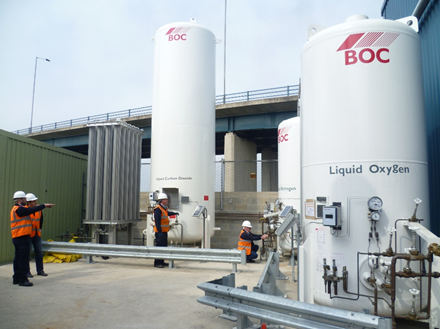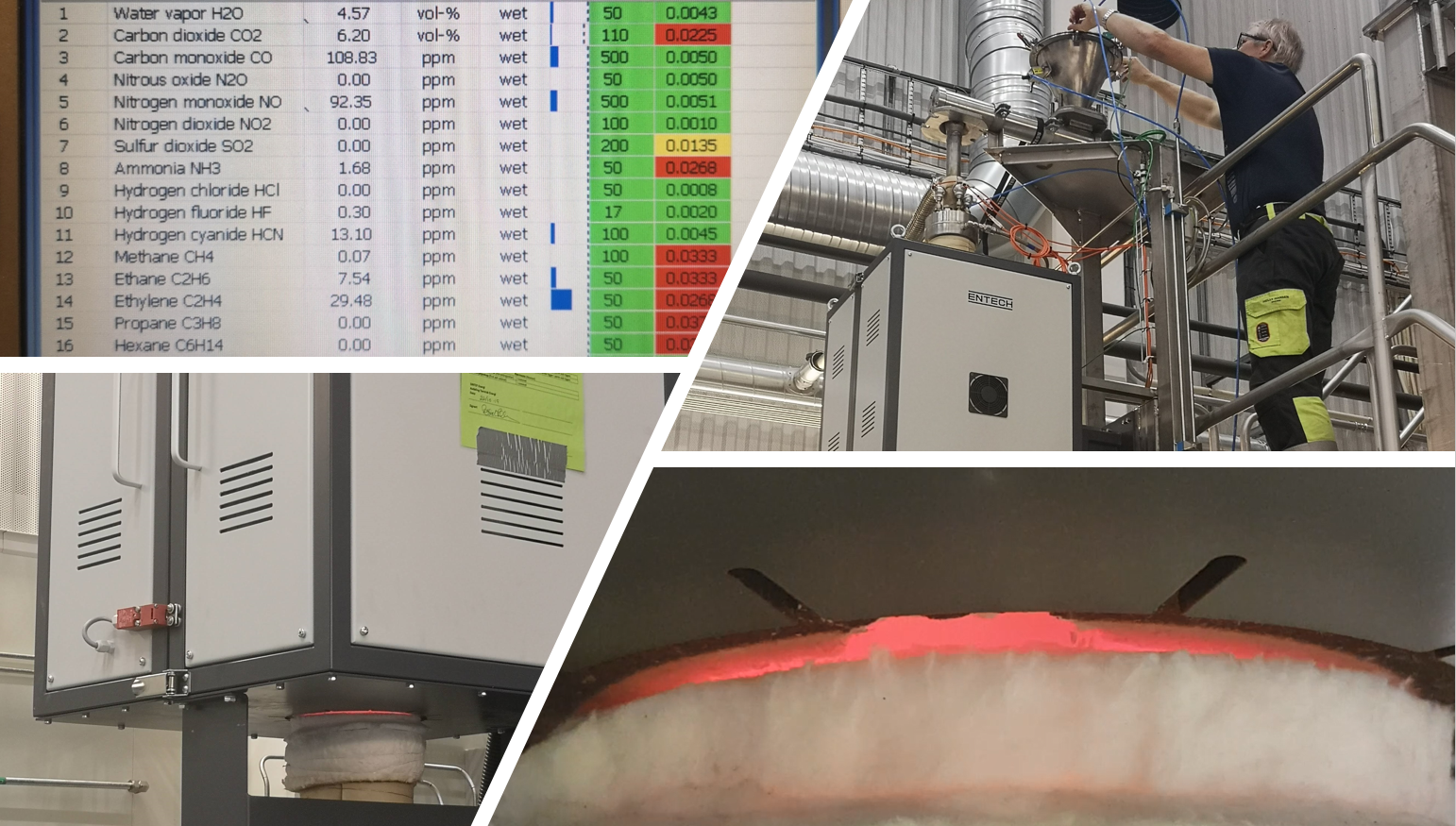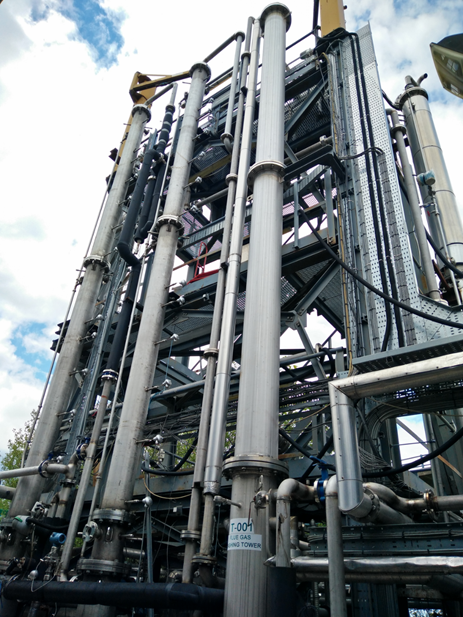Technologies

The NEWEST-CCUS project will develop several CO2 capture technologies for Waste to Energy (WtE) sites through pilot-scale testing and modelling.
Waste to Energy plants uses waste incineration for energy recovery. They thermally treat household and commercial waste that remains after waste prevention and recycling. They generating energy from waste, reducing the volume and weight of waste and destroying various contaminants. Since the majority of municipal waste contains carbon from biogenic origin, i.e. biomass, the use of Carbon Capture and Storage in Waste to Energy (WtE) plants can create a negative carbon sink over the lifecycle of waste, removing CO2 already accumulated in the atmosphere.
Our project will focus on emerging technologies and technologies close to commercial deployment:
- Oxy-firing technologies – Circulating Fluidised Bed (CFB) technology with the potential for higher efficiency with Solid Recovered Fuels (SRF) when compared with grate-fired boilers typically used for WtE combustion
- Membrane based CO2 separation – a hybrid method using partial flue gas recirculation and oxygen enrichment
- Solvent-based post-combustion capture – technologies that can handle a more diverse range of combustion impurities from flue gases derived from more challenging fuel sources flue gases
It will also assess the size of the European market for Waste to Energy combined with Carbon Capture, Utilisation and Storage and the potential of the sector for atmospheric CO2 reduction.





